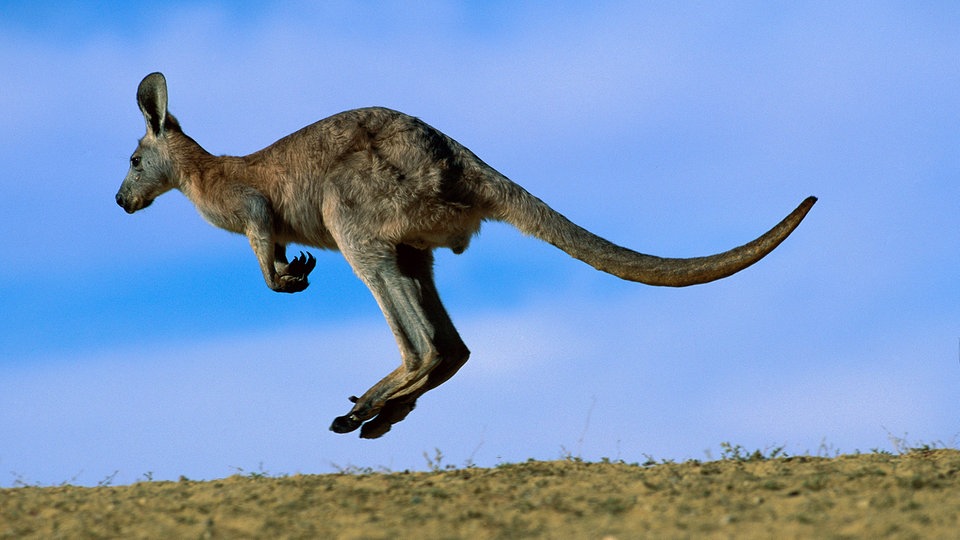Why Asian animal species such as monitor lizards came to Australia, but Australian animal species such as kangaroos never made it to Asia, has to do with tectonic changes and climate change millions of years ago.
Earth’s plate tectonics and associated dramatic climate change ensured the presence of monitor lizards and other Asian animal species in Australia millions of years ago, but Australian marsupials such as kangaroos and koalas were absent from the Southeast Asian continent. This is a big effect The study was published in the journal Science Sponsored by the Australian National University and ETH Zurich.
Image Credits: IMAGO / Cover Images
According to simulations by an international research team including scientists from the German Center for Integrative Biodiversity Research (iDiv) Halle-Jena-Leipzig, the origin of today’s uneven distribution of Australian and Asian species dates back at least 35 million years. At that time, Australia was still further south and connected to Antarctica. Eventually, Australia broke apart and drifted northward over millions of years, where it collided with the Eurasian plate. It formed the volcanic islands of Indonesia.
However, as Australia drifted away, the deep ocean around Antarctica opened up, making possible what is now the Antarctic Circumpolar Current. The result was a global cooling and drying of the continents. It was relatively warm, humid, and tropical only on the Indonesian islands that animals and plants used as gateways to Australia. So species from there were already well suited to jump to Australia, which warmed much later. On the other hand, Australian species have evolved over time in much colder and drier climates. So they could not gain a foothold in the tropical islands of Indonesia.
Wallace line as an invisible boundaryBiologists have long described the uneven distribution of Australian and Asian species along an imaginary line separating parts of Australia, New Guinea, and Indonesia from Southeast Asia that includes Sulawesi, Timor, and Lombok with Java, Borneo, and Bali. This invisible boundary is called the Wallace line. There are no Australian animal and plant species west of it. However, in the east, Asiatic fauna and flora spread.

“Friend of animals everywhere. Web guru. Organizer. Food geek. Amateur tv fanatic. Coffee trailblazer. Alcohol junkie.”







More Stories
UK public sector productivity is deteriorating, ONS data shows
MXGP Calendar 2025: Return to Australia / Motocross World Championship MXGP
Biden's statements require clarification from the White House